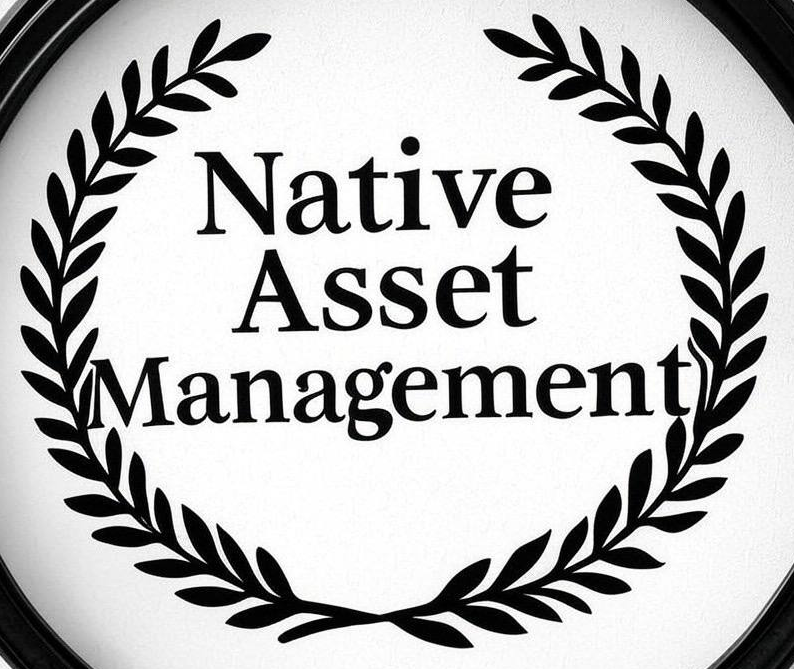Breaking Free
The Native Asset Management Financial Revolution
The Native Asset Management Financial Revolution is transforming the landscape of investment and wealth management. This paradigm shift is driven by technological advancements changing investor preferences, and evolving market dynamics.
Key Aspects of the Revolution
Tokenization and Digital Assets
Fund tokenization is emerging as a game-changer in asset management. By 2030, tokenized fund assets under management (AUM) could reach a staggering $600 billion, representing 1% of global mutual funds and ETF AUM7. This digital transformation offers enhanced liquidity, fractional ownership, and improved accessibility for investors.
AI and Machine Learning
Artificial intelligence and machine learning are revolutionizing investment strategies. These technologies enable asset managers to process vast amounts of data, identify patterns, and make more informed decisions10. By leveraging AI, firms can optimize portfolios and respond swiftly to market changes, providing a competitive edge.
Shift to Passive and Alternative Investments
Investors are increasingly gravitating towards passive investment strategies and alternative assets. This trend is reshaping fee structures and forcing traditional active managers to adapt. Alternative asset managers who continue to provide alpha and differentiate themselves may be able to maintain their fee levels9.
Implications for Asset Managers
To thrive in this new era, asset managers must:
- Embrace technological innovation
- Develop expertise in digital assets and tokenization
- Offer personalized, outcome-based solutions
- Focus on cost efficiency and transparency
- Attract and retain tech-savvy talent The Native Asset Management Financial Revolution presents both challenges and opportunities. Firms that successfully navigate this transformation will be well-positioned to capture a significant share of the estimated $5 trillion money-in-motion opportunity over the next five years.
By adapting to these changes, asset managers can assume a more expansive role within the capital markets ecosystem, delivering enhanced value to investors and stakeholders alike.
